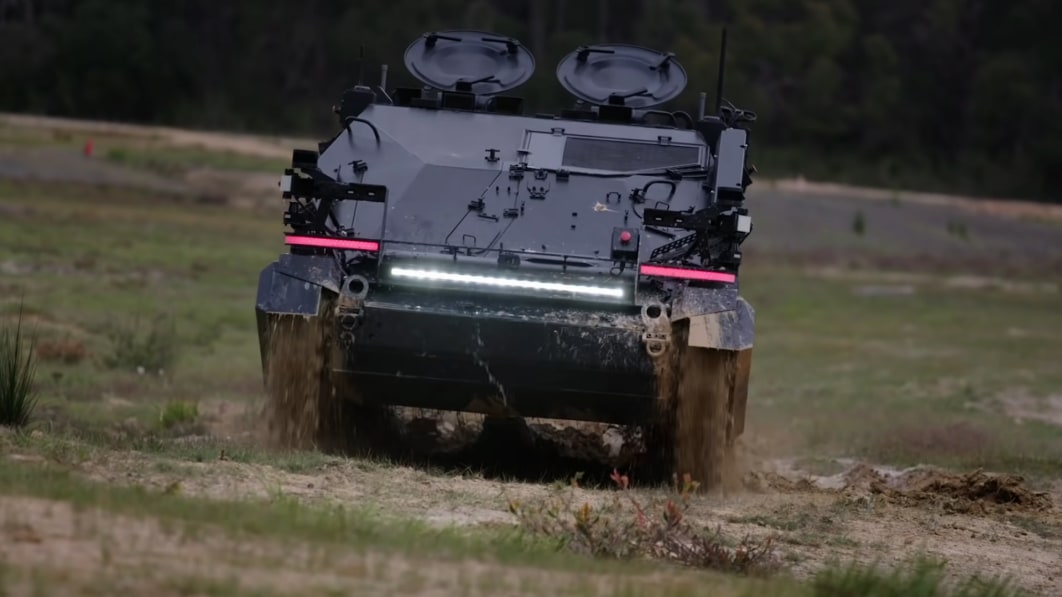SOURCE: RAUNAK KUNDE / NEWS BEAT / IDRW.ORG

Japan’s Acquisition, Technology & Logistics Agency (ATLA), the procurement arm of the Ministry of Defense, and India’s Defence Research and Development Organisation (DRDO) have successfully concluded a joint research project. This collaboration focused on Visual SLAM-based GNSS Augmentation for Unmanned Ground Vehicles (UGVs) and Robotics.
The project, titled “Project Arrangement Concerning the Visual SLAM-based GNSS Augmentation for UGV/Robotics between Japan and India,” aimed to develop a cutting-edge navigation system for autonomous military vehicles. The collaboration involved ATLA’s Future Capabilities Development Center and DRDO’s Centre for Artificial Intelligence and Robotics (CAIR).
This successful joint research represents a significant step forward for both Japan and India. The project focused on developing a navigation system that utilizes Visual SLAM (Simultaneous Localization and Mapping) technology to enhance the accuracy and reliability of GNSS (Global Navigation Satellite System) for UGVs and robots operating in challenging environments.
GNSS signals can be unreliable or unavailable in certain situations, such as urban canyons or dense forests. Visual SLAM technology allows UGVs and robots to navigate by creating a real-time map of their surroundings using onboard cameras. By combining Visual SLAM data with GNSS data, the project aimed to develop a more robust and dependable navigation system for autonomous military vehicles.
The successful completion of this collaborative research lays the groundwork for further advancements in UGV and robotics technology for both Japan and India. The developed navigation system has the potential to significantly enhance the operational capabilities of autonomous military vehicles, enabling them to function more effectively in diverse and complex environments.
NOTE : Article cannot be reproduced without written permission of idrw.org in any form even for YouTube Videos to avoid Copy right strikes. Websites doing illegal reproductions will get DMCA and Legal Notices.